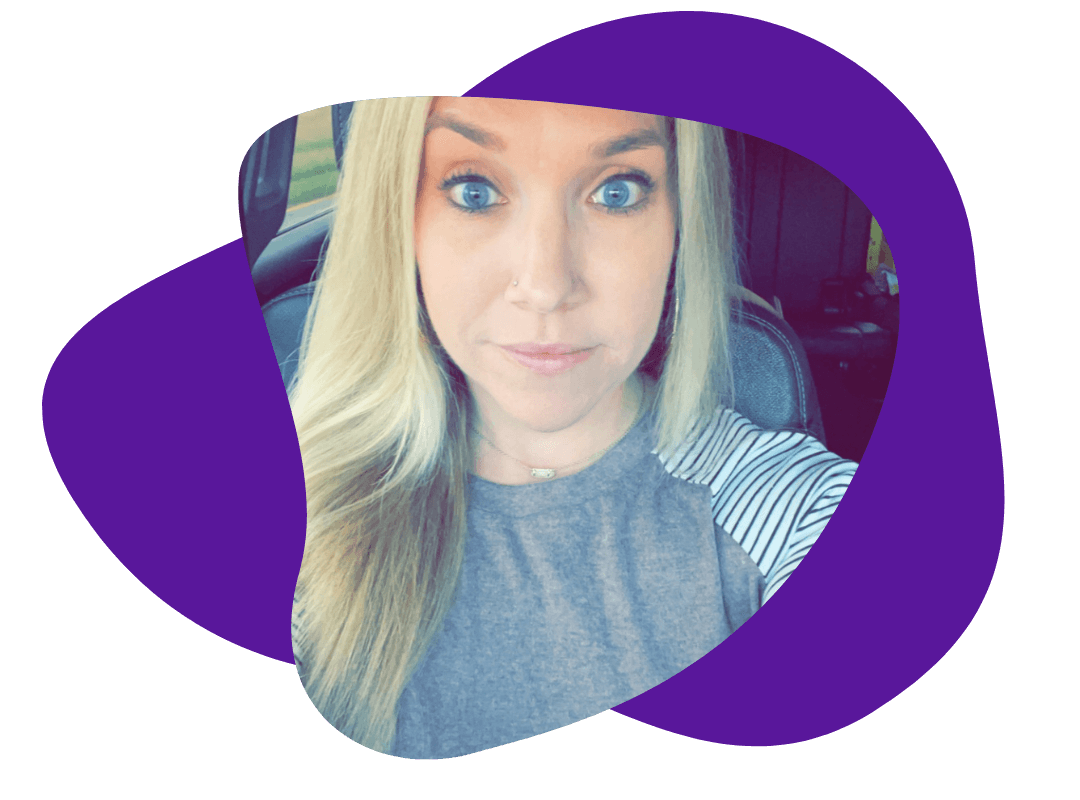Substack 101: A User’s Guide
April 1, 2025
Thinking About Starting a Substack?
If you’re a writer, you’ve almost certainly heard about Substack by now. Everyone from Rebecca Makkai and Jeanette Winterson to Dan Rather and Tina Brown, it seems, is on the platform.
But what is Substack, exactly? How does it work? And how do you know if it’s right for you?
In this post, we’ll cover the basics of Substack and key factors to consider before starting your own.
What Is Substack?
Substack is an online platform that allows writers to publish, distribute, and monetize their work.
Launched in 2017, it began as a subscription-based platform for email newsletters. Its early adopters were journalists and independent writers frustrated with traditional media’s gatekeeping and payment models. With built-in publishing, payment processing, design, and analytics tools, Substack gave writers creative freedom and the ability to earn directly from their readers.

Today, Substack calls itself a “subscription network” with 35 million active subscriptions, including three million paid subscriptions.
It has expanded beyond newsletters to include artists, musicians, podcasters, scientists, and other creators.
There are now 29 topic categories, ranging from politics, culture, and technology to personal growth, health and wellness, parenting, and philosophy.
The platform hosts high-profile writers like Margaret Atwood, Elizabeth Gilbert, and George Saunders. Heather Cox Richardson, a professor and political historian, has the most popular Substack, Letters from an American, with over a million subscribers.
Substack has also evolved beyond traditional written posts. In addition to comment sections and discussion threads, writers now engage with subscribers through chat, audio, and video. Many also use the platform to host podcasts, classes, and workshops.
With the introduction of Notes in 2023, Substack became a social media platform as well. Notes functions as an internal social network for short-form content and interaction. Many writers have left platforms like Instagram and X (formerly Twitter) in favor of building community through Notes, where they can connect with fellow writers and readers.
How Does It Work?
Substack is essentially a hybrid between a blog and an email newsletter.
When you launch a Substack, you can import an existing email list from services like MailChimp or Constant Contact. Whenever you publish a post, it’s automatically delivered to your subscribers’ inboxes. Subscribers can also opt to receive notifications through the Substack app instead of email.
However, you don’t need an existing email list to start. You can publish posts publicly on the main Substack site without sending them via email. As you attract subscribers, you can update your settings to start delivering posts directly.
Non-subscribers who find your content on the platform can read, like, comment on, and subscribe. Substack automatically includes subscribe buttons in posts, which you can customize. Additionally, anyone—subscriber or not—can follow you on Notes.
Other key features include:
- Post scheduling: Publish immediately or schedule up to three months in advance.
- External sharing: Share posts to social media immediately after publishing.
- Monetization options: Keep content free, paywall it, or offer a mix of both.

Monetization on Substack
Writers can monetize their work by offering paid subscriptions, typically in monthly, annual, or founding member tiers.
- Monthly rates: Generally range from $5 to $8.
- Annual rates: Typically between $30 and $50, offering slight savings over monthly subscriptions.
- Founding member option: Allows readers to pay more as a show of support, similar to a donation.
- “Buy me a coffee” model: Some writers offer one-time contribution options instead of ongoing subscriptions.
Substack makes its money by taking 10% of your subscription income, plus additional Stripe processing fees (2.9% + $0.30 per transaction)—meaning roughly 13% of your revenue is deducted.
How Is Substack Different from Blogging?
While similar to traditional blogging, Substack offers a different structure for audience growth and interaction.

Key Differences:
- No need for a website: Substack handles publishing, hosting, and delivery, eliminating the need for a personal website (unless you want additional functionality like e-commerce).
- More intimate audience: Unlike blogs, which rely on SEO and social media to attract visitors, Substack delivers posts directly to subscribers, creating a targeted and engaged readership.
- Built-in community: Substack is designed for interaction through comments, chat, Notes, and Recommendations. It fosters direct dialogue between writers and readers.
- No e-commerce capabilities: Unlike blogs, which can generate revenue through ads, affiliate marketing, or product sales, Substack’s only monetization method is paid subscriptions.
How Is Substack Different from Email Marketing Services Like MailChimp or ConvertKit?
Substack is primarily a publishing tool, not a marketing tool. It won’t replace full-fledged email marketing platforms like MailChimp or ConvertKit, which offer automation, landing pages, and sales funnels.
Unlike these services, Substack is free to use and only takes a cut of paid subscriptions, whereas MailChimp and ConvertKit charge upfront fees.
Getting Started on Substack
Starting a Substack is simple. When you sign up, the platform guides you through creating:
- A short bio, title, and description
- An About page
- A welcome email
- Branding elements (logo, graphics, photo)

Once you’ve written a post, you can:
- Publish immediately or schedule it for a later date (up to three months in advance)
- Save drafts for future use
- Import an email list (CSV or TXT files)
Substack offers tutorials for virtually every aspect of setting up and growing your publication.
Pros and Cons of Using Substack
Pros:
✔️ Ideal for new or unpublished writers to find their voice and build an audience
✔️ Showcases work alongside high-profile writers and media figures
✔️ Built-in networking and community engagement opportunities
✔️ No need for a personal website
✔️ No SEO required—discovery happens through community interactions
✔️ Free to use unless you monetize
Cons:
❌ Limited monetization options: Only viable if you can attract a large number of paying subscribers.
❌ Substack takes 10% of earnings + Stripe fees (total ~13%).
❌ Not highly customizable: Limited design and branding features.
❌ No external promotion: Substack doesn’t promote your work; you must grow your audience yourself.
❌ Not designed for selling products/services: If you need e-commerce features, you’ll need a separate platform.
Should You Start a Substack?
It depends on your goals as a writer.
✅ If you want to build an audience and develop your voice, Substack is a great tool.
✅ If you’re an expert in a niche and want to share insights, it can help establish your authority.
✅ If you’re an established writer, it can serve as an extension of your brand for updates, serialization, and engagement.
✅ If you plan to monetize later, growing a free audience first can be a smart strategy.
⚠️ However, if your goal is to generate significant income, be realistic. A typical paid conversion rate is only 2-5% of your total subscribers. That means if you have 1,000 readers, only 20 to 50 may actually pay.
⚠️ If you’re focused on selling products or courses, Substack alone won’t be enough—you’ll need another platform for that.
Ultimately, there’s no risk in trying Substack. Whether you use it to publish your work or as a supplement to other writing and marketing efforts, it’s worth exploring.
































